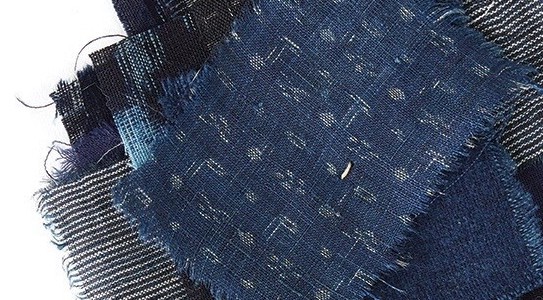Darning is best for small holes and creates a less visible repair than patching. Books on needlework and mending define darning as the repair of a textile by interlacing (or interlooping) threads across a hole or tear. The color of the darn should match the garment as closely as possible, using threads taken from a seam allowance or other accessible place inside the garment, closely matched darning cotton, or embroidery floss.


